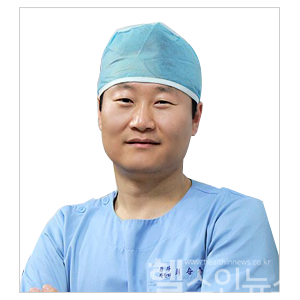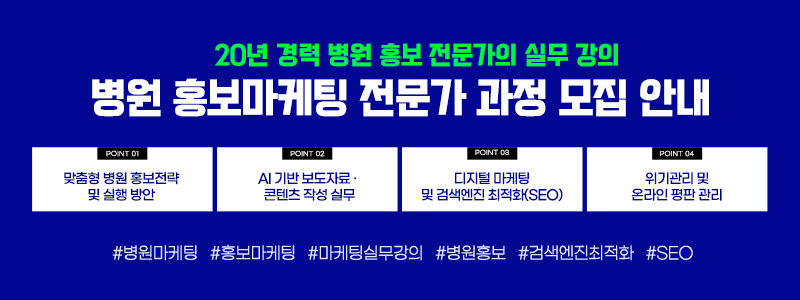Varicose veins, a common venous disorder, cannot be permanently cured with a single treatment. Even after interventions like surgery or laser therapy to remove or close affected veins, recurrence remains a significant concern. Research shows that 20% to 30% of patients experience a return of varicose veins within five years, highlighting the chronic nature of this condition.
The causes of recurrence are multifaceted. New problems may develop in previously unaffected veins, or treated veins may re-expand. In some cases, the growth of new blood vessels can contribute to recurrence. Risk factors include family history, prolonged standing or sitting—common in South Korea’s 9-to-6 work culture—along with obesity and lack of physical activity, all of which increase recurrence risk.
Recurrence often manifests subtly, making it easy to miss. Symptoms such as leg heaviness, fatigue, frequent calf cramps, swelling, or escalating pain may indicate a problem. Even without visible surface veins, issues in deeper veins can arise, necessitating precise diagnostic evaluation.

Regular medical follow-ups, including ultrasound examinations, are vital for early detection of recurrence. Even if symptoms seem stable, annual or biannual visits to a healthcare provider are recommended. Early detection allows for conservative treatments to prevent worsening of symptoms.
The misconception that varicose veins can be resolved with a single treatment should be corrected. As a chronic condition tied to weakened venous function, it requires ongoing attention and lifelong management. Adopting lifestyle habits that support venous health is the most powerful strategy for maintaining leg health.
Lim Hye Jung, HEALTH IN NEWS TEAM
press@hinews.co.kr





